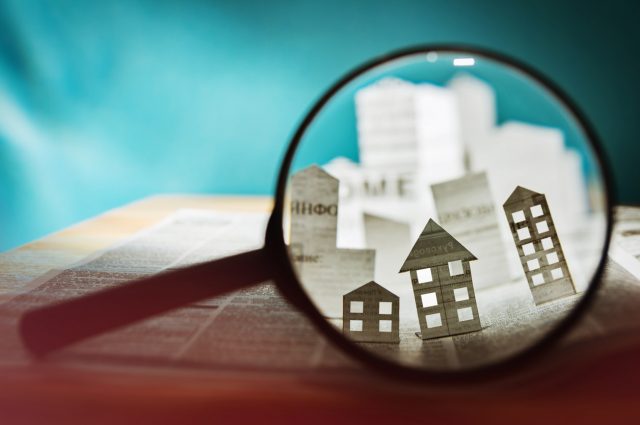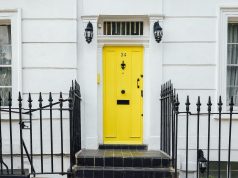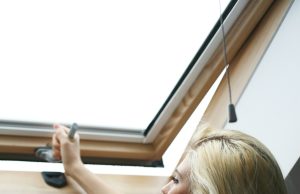
A buy to let mortgage is basically ‘what it says on the tin’ and is for a mortgage required for a property with the sole purpose of renting it out to others and not living in it yourself. To be eligible for a buy to let mortgage, you’ll usually need to either own your own home outright or have an existing mortgage on it, a good credit score is also one of the first things lenders will look for as with any other mortgage. If you’re considering a buy to let mortgage, you’re best off using a calculator to estimate the costs.
Calculate how much deposit you require for your BTL first
The deposit you need on a buy to let property will be normally quite a bit more than you would have to put down with a personal mortgage and a minimum of 25% of the property price is usually asked from the lender as a deposit, but however, as is the case with any mortgage, the more deposit you have to put in yourself, the less mortgage you will end up needing to take out and pay back. Interest rates are also normally higher on buy to let mortgages and are often on interest only repayment terms, which means you only pay the interest off for your monthly instalments, but at the end of the mortgage period, the capital still remains to be paid back. The interest rate you pay is normally determined by how much you will be borrowing, your general financial state and what your rental income may be. As with personal mortgages, there are fixed rates and variable rates available as well as the tracker mortgage.
How much risk is involved in a Buy to let for the landlord and the lender?
Buy to let mortgages are seen as bigger risks to the lenders as often landlords will take their rental income as a means of paying back the mortgages. Sometimes, people may miss a payment or two for whatever reason and then the landlord also in turn, cannot then make the mortgage payments. Lenders often need the monthly rental income to be 25-30% more than the mortgage repayments. Also you should factor in for the times that maybe your property will be empty with no rental income at all…would you be able to repay the mortgage regardless of this fact? It would be worth saving some money aside when it is rented out in a separate savings account for such eventualities and for repairs to the property that may be needed etc.
As well as taking into account the monthly mortgage repayments, you will also need to factor in for any tax you will liable to pay on your rental income, any insurances you will need to take out and also if you are going to use an estate agent, their handling fees as well. It is recommended that an estate agent is used, so you can try and avoid the issues of tenants paying you directly and then as mentioned previously, maybe some months not being able to pay etc. Estate agents will chase up payments etc on your behalf. They may even ask for a few months together. PAT testing may be worth considering if you are thinking of renting your property out will electrical appliances included.
Also as with personal mortgages, you can use some price comparison sites and BTL mortgage calculators to give you some kind of idea of what you may be looking to pay a month according to how much deposit you have. It’s always best to begin by checking if a buy to let mortgage is the right product for your situation. On these price comparison sites, you can also look and see with which lender you might get the best rates and then may also be worth contacting your local mortgage broker armed with a bit of knowledge and figures from the internet and see if they can get you a better deal (remember though, they will also charge you a fee for finding this deal).













